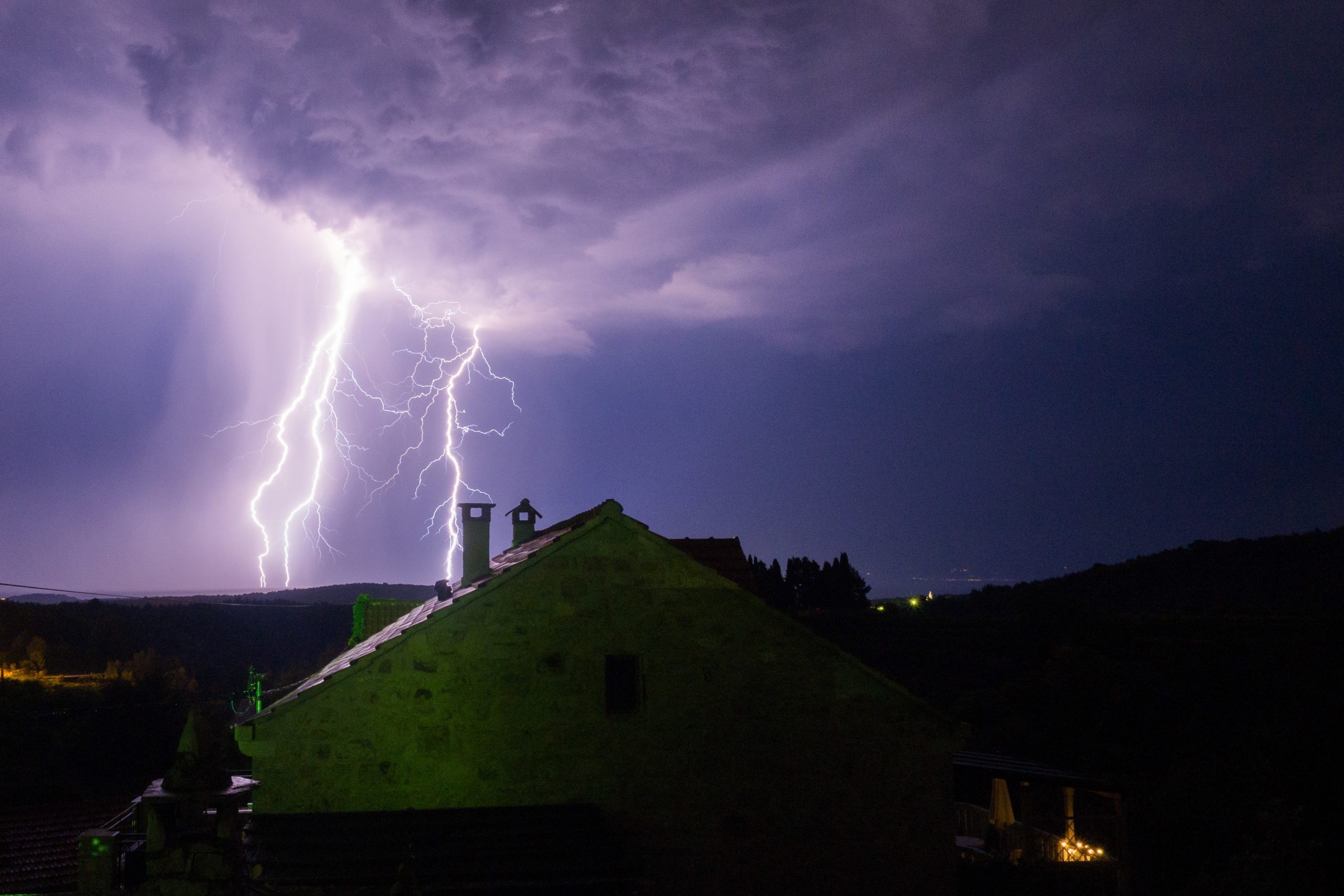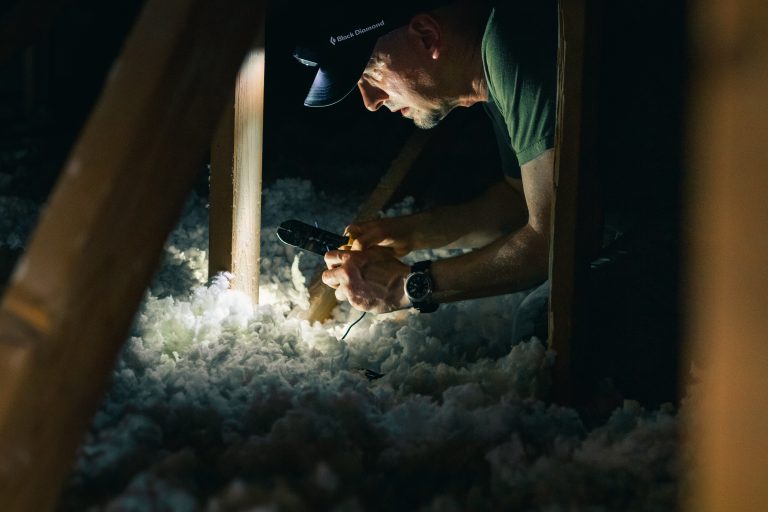How to Protect Your Home from Extreme Weather
Extreme weather, hot or cold, your homes need to be protected 24/7. When it’s summertime, the scorching heat is damaging not only your skin but also your home. We wear thick clothing to protect us from the cold during the winter days, but are our homes also protected?
Our homes are our sanctuary, and we need to do all the necessary measures to make it a comfortable place to stay while the extreme weather is at the extreme. To protect your homes and yourself from harsh weather conditions, you need to have your homes re-insulated with foam.
Why re-insulate your homes?
Insulations are necessary for your homes so that you can avoid the effects of extreme weather conditions. Some of the homes in America still do not have insulation, especially those built before the 1970s. Some are still using traditional insulation made of cellulose or fiberglass, which are considered obsolete nowadays as they are not as effective for the current climate.
Why use foam insulation?
Through the years, insulation codes have changed, and the material used for insulation has improved. Today, it is necessary to use the foam insulator and not the traditional insulator since they are more effective in insulating your homes than the traditional ones.
Installing foam insulation does not require walls to be destroyed. A professional and experienced crew knows how to use foam insulators and install them in your homes. Foam insulators are safe for pipes, wires, and existing insulation.
Foam insulators can protect your homes all year round. Even with the extreme weather conditions outside, you are well protected inside. Foam insulators are not protecting homes only on the outside but also from the inside. Insulated homes are blocked from extreme weather outside and entering your homes. Also, insulators keep controlled air from escaping your homes. It can also suppress outside noise and prevent allergens from entering. So, no matter the weather outside, you know you are going to experience all-year-round comfort.
Other Things You Can Do to Protect Your Home
Get a Cool Roof
Cool roofing can make your home more comfortable, and when the temperature increases, it can reduce your cooling cost. Light-colored cool roofs are more effective in decreasing the temperature and can extend their life since they can deflect sunlight. There are different roofing materials you can choose to make your home cooler. You can use cool roof coating applied to various roof types or cool-colored roofing tiles with higher solar reflectance.
Install a Standby Generator
Running essential appliances in electricity can increase your home temperature. Having a standby generator can help reduce the chances of flood damage because it can keep your sump pump running. It will be installed outside your home and fueled with liquid propane or natural gas. It is directly wired to your home’s electrical system. Thus, it can restore power immediately. Portable generators are also available if standby generators are quite pricey for you.
Hurricane-Proof Your Home
Extreme heat or extreme cold are not the only weather conditions where you need to protect your homes. Powerful windstorms and hurricanes can cause weak places in your homes to fail. Hurricanes are expensive natural disasters and proofing your homes from them will save your home and keep you safe and avoid the unwanted expenses for repairs.
Landscape With Firewise Plants
Fire-prone grasses often surround some homes, and they are not only dangerous but can also be the reason for your home’s destruction. Limit the amount of flammable vegetation surrounding your home. You can add pebbles and gravel and replace the wood deck with a concrete patio. Plant high-moisture annuals and perennials that are native to your area.
Retrofit for Flooding
Retrofitting your property from flooding will physically protect your home from floods. You can elevate your home so that the lowest floor is above flood level. Dry flood-proof your home so it can withstand floodwaters. Wet floodproofing your home will allow floodwater inside your home’s structure to minimize the damage it will incur.
Protecting your home from the harshest weather conditions is no question, especially if your whole family lives there. Regular preventive maintenance is the cornerstone of home protection. As a responsible homeowner, you need to do everything to the best of your ability and keep your home and family safe from any weather conditions.







